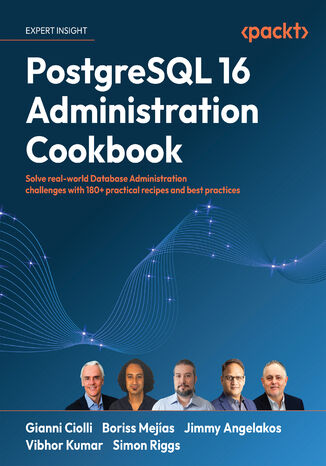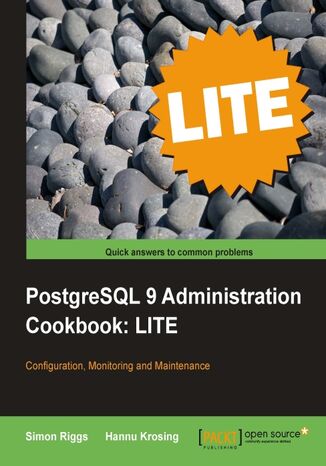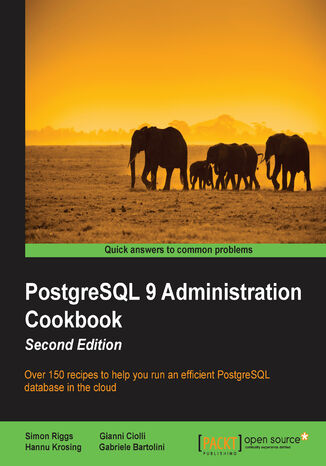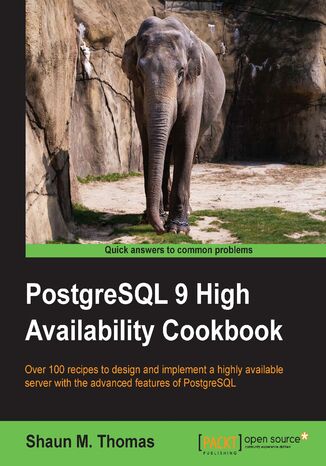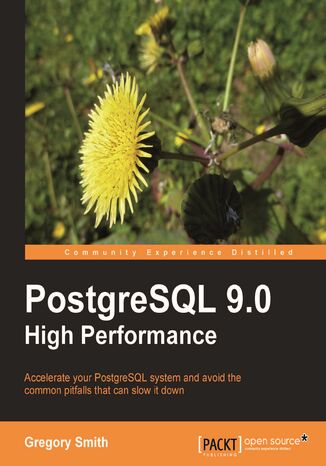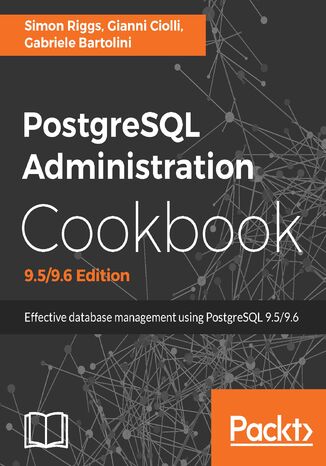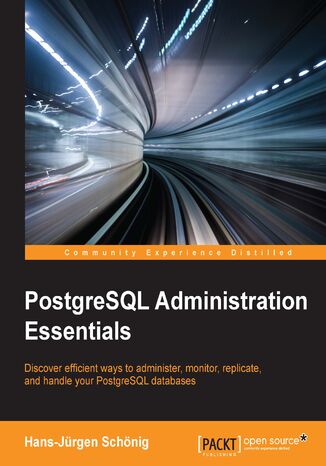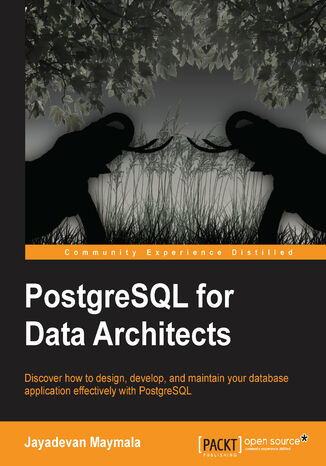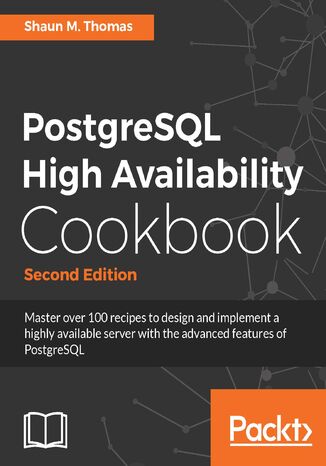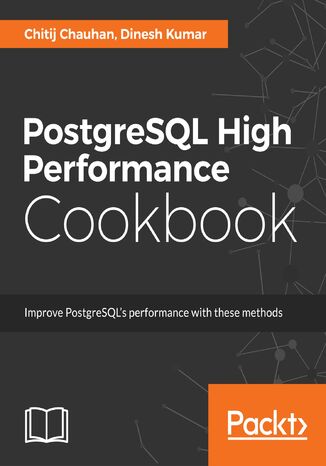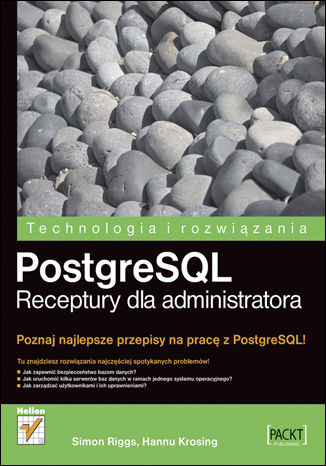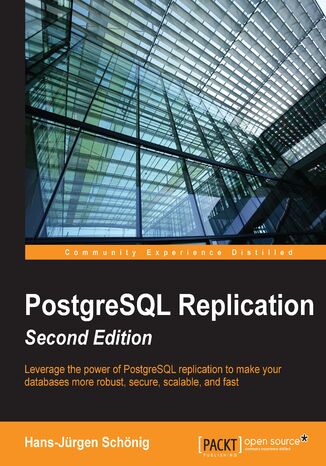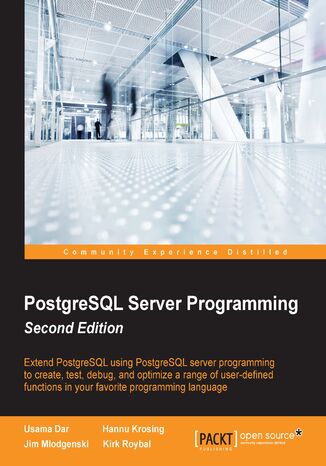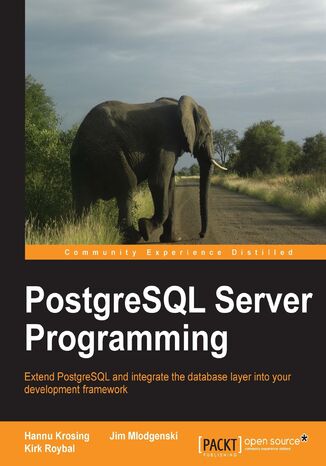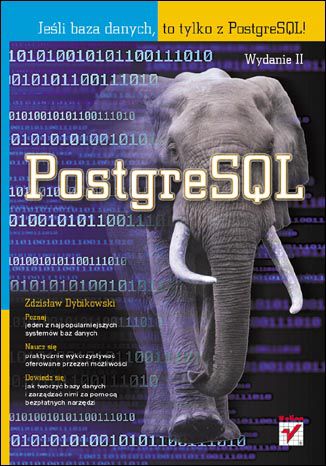Категорії
-
- Біткойн
- Ділова жінка
- Коучинг
- Контроль
- Електронний бізнес
- Економіка
- Фінанси
- Фондова біржа та інвестиції
- Особисті компетенції
- Комп'ютер в офісі
- Комунікація та переговори
- Малий бізнес
- Маркетинг
- Мотивація
- Мультимедійне навчання
- Нерухомість
- Переконання та НЛП
- Податки
- Соціальна політика
- Порадники
- Презентації
- Лідерство
- Зв'язки з громадськістю
- Звіти, аналізи
- Секрет
- Соціальні засоби комунікації
- Продаж
- Стартап
- Ваша кар'єра
- Управління
- Управління проектами
- Людські ресурси (HR)
-
- Architektura i wnętrza
- Безпека життєдіяльності
- Biznes i Ekonomia
- Будинок та сад
- Електронний бізнес
- Ekonomia i finanse
- Езотерика
- Фінанси
- Особисті фінанси
- Бізнес
- Фотографія
- Інформатика
- Відділ кадрів та оплата праці
- Для жінок
- Комп'ютери, Excel
- Бухгалтерія
- Культура та література
- Наукові та академічні
- Охорона навколишнього середовища
- Впливові
- Освіта
- Податки
- Подорожі
- Психологія
- Релігія
- Сільське господарство
- Ринок книг і преси
- Транспорт та спедиція
- Здоров'я та краса
-
- Офісні застосунки
- Бази даних
- Біоінформатика
- Бізнес ІТ
- CAD/CAM
- Digital Lifestyle
- DTP
- Електроніка
- Цифрова фотографія
- Комп'ютерна графіка
- Ігри
- Хакування
- Hardware
- IT w ekonomii
- Наукові пакети
- Шкільні підручники
- Основи комп'ютера
- Програмування
- Мобільне програмування
- Інтернет-сервери
- Комп'ютерні мережі
- Стартап
- Операційні системи
- Штучний інтелект
- Технологія для дітей
- Вебмайстерність
-
- Антології
- Балада
- Біографії та автобіографії
- Для дорослих
- Драми
- Журнали, щоденники, листи
- Епос, епопея
- Нарис
- Наукова фантастика та фантастика
- Фельєтони
- Художня література
- Гумор, сатира
- Інше
- Класичний
- Кримінальний роман
- Нехудожня література
- Художня література
- Mity i legendy
- Лауреати Нобелівської премії
- Новели
- Побутовий роман
- Okultyzm i magia
- Оповідання
- Спогади
- Подорожі
- Оповідна поезія
- Поезія
- Політика
- Науково-популярна
- Роман
- Історичний роман
- Проза
- Пригодницька
- Журналістика
- Роман-репортаж
- Romans i literatura obyczajowa
- Сенсація
- Трилер, жах
- Інтерв'ю та спогади
-
- Археологія
- Bibliotekoznawstwo
- Кінознавство / Теорія кіно
- Філологія
- Польська філологія
- Філософія
- Finanse i bankowość
- Географія
- Економіка
- Торгівля. Світова економіка
- Історія та археологія
- Історія мистецтва і архітектури
- Культурологія
- Мовознавство
- літературні студії
- Логістика
- Математика
- Ліки
- Гуманітарні науки
- Педагогіка
- Навчальні засоби
- Науково-популярна
- Інше
- Психологія
- Соціологія
- Театральні студії
- Богослов’я
- Економічні теорії та науки
- Transport i spedycja
- Фізичне виховання
- Zarządzanie i marketing
-
- Безпека життєдіяльності
- Історія
- Дорожній кодекс. Водійські права
- Юридичні науки
- Охорона здоров'я
- Загальне, компендіум
- Академічні підручники
- Інше
- Закон про будівництво і житло
- Цивільне право
- Фінансове право
- Господарське право
- Господарське та комерційне право
- Кримінальний закон
- Кримінальне право. Кримінальні злочини. Кримінологія
- Міжнародне право
- Міжнародне та іноземне право
- Закон про охорону здоров'я
- Закон про освіту
- Податкове право
- Трудове право та законодавство про соціальне забезпечення
- Громадське, конституційне та адміністративне право
- Кодекс про шлюб і сім'ю
- Аграрне право
- Соціальне право, трудове право
- Законодавство Євросоюзу
- Промисловість
- Сільське господарство та захист навколишнього середовища
- Словники та енциклопедії
- Державні закупівлі
- Управління
-
- Африка
- Альбоми
- Південна Америка
- Центральна та Північна Америка
- Австралія, Нова Зеландія, Океанія
- Австрія
- Азії
- Балкани
- Близький Схід
- Болгарія
- Китай
- Хорватія
- Чеська Республіка
- Данія
- Єгипет
- Естонія
- Європа
- Франція
- Гори
- Греція
- Іспанія
- Нідерланди
- Ісландія
- Литва
- Латвія
- Mapy, Plany miast, Atlasy
- Мініпутівники
- Німеччина
- Норвегія
- Активні подорожі
- Польща
- Португалія
- Інше
- Przewodniki po hotelach i restauracjach
- Росія
- Румунія
- Словаччина
- Словенія
- Швейцарія
- Швеція
- Світ
- Туреччина
- Україна
- Угорщина
- Велика Британія
- Італія
-
- Філософія життя
- Kompetencje psychospołeczne
- Міжособистісне спілкування
- Mindfulness
- Загальне
- Переконання та НЛП
- Академічна психологія
- Психологія душі та розуму
- Психологія праці
- Relacje i związki
- Батьківство та дитяча психологія
- Вирішення проблем
- Інтелектуальний розвиток
- Секрет
- Сексуальність
- Спокушання
- Зовнішній вигляд та імідж
- Філософія життя
-
- Біткойн
- Ділова жінка
- Коучинг
- Контроль
- Електронний бізнес
- Економіка
- Фінанси
- Фондова біржа та інвестиції
- Особисті компетенції
- Комунікація та переговори
- Малий бізнес
- Маркетинг
- Мотивація
- Нерухомість
- Переконання та НЛП
- Податки
- Соціальна політика
- Порадники
- Презентації
- Лідерство
- Зв'язки з громадськістю
- Секрет
- Соціальні засоби комунікації
- Продаж
- Стартап
- Ваша кар'єра
- Управління
- Управління проектами
- Людські ресурси (HR)
-
- Антології
- Балада
- Біографії та автобіографії
- Для дорослих
- Драми
- Журнали, щоденники, листи
- Епос, епопея
- Нарис
- Наукова фантастика та фантастика
- Фельєтони
- Художня література
- Гумор, сатира
- Інше
- Класичний
- Кримінальний роман
- Нехудожня література
- Художня література
- Mity i legendy
- Лауреати Нобелівської премії
- Новели
- Побутовий роман
- Okultyzm i magia
- Оповідання
- Спогади
- Подорожі
- Поезія
- Політика
- Науково-популярна
- Роман
- Історичний роман
- Проза
- Пригодницька
- Журналістика
- Роман-репортаж
- Romans i literatura obyczajowa
- Сенсація
- Трилер, жах
- Інтерв'ю та спогади
-
- Філософія життя
- Міжособистісне спілкування
- Mindfulness
- Загальне
- Переконання та НЛП
- Академічна психологія
- Психологія душі та розуму
- Психологія праці
- Relacje i związki
- Батьківство та дитяча психологія
- Вирішення проблем
- Інтелектуальний розвиток
- Секрет
- Сексуальність
- Спокушання
- Зовнішній вигляд та імідж
- Філософія життя
Gianni Ciolli, Boriss Mejías, Jimmy Angelakos, Vibhor Kumar, ...
PostgreSQL has seen a huge increase in its customer base in the past few years and is becoming one of the go-to solutions for anyone who has a database-specific challenge. This PostgreSQL book touches on all the fundamentals of Database Administration in a problem-solution format. It is intended to be the perfect desk reference guide.This new edition focuses on recipes based on the new PostgreSQL 16 release. The additions include handling complex batch loading scenarios with the SQL MERGE statement, security improvements, running Postgres on Kubernetes or with TPA and Ansible, and more. This edition also focuses on certain performance gains, such as query optimization, and the acceleration of specific operations, such as sort. It will help you understand roles, ensuring high availability, concurrency, and replication. It also draws your attention to aspects like validating backups, recovery, monitoring, and scaling aspects. This book will act as a one-stop solution to all your real-world database administration challenges.By the end of this book, you will be able to manage, monitor, and replicate your PostgreSQL 16 database for efficient administration and maintenance with the best practices from experts.
Gregory Smith, David Page Postgre Group
PostgreSQL database servers have a common set of problems they encounter as their usage gets heavier and requirements more demanding. You could spend years discovering solutions to them all, step by step as you encounter them. Or you can just look in here.All successful database applications are destined to eventually run into issues scaling up their performance. Peek into the future of your PostgreSQL database's problems today. Know the warning signs to look for, and how to avoid the most common issues before they even happen.Surprisingly, most PostgreSQL database applications evolve in the same way: Choose the right hardware. Tune the operating system and server memory use. Optimize queries against the database, with the right indexes. Monitor every layer, from hardware to queries, using some tools that are inside PostgreSQL and others that are external.Using monitoring insight, continuously rework the design and configuration. On reaching the limits of a single server, break things up; connection pooling, caching, partitioning, and replication can all help handle increasing database workloads.The path to a high performance database system isn't always easy. But it doesn't have to be mysterious with the right guide.
PostgreSQL Administration Cookbook. Effective database management for administrators - Third Edition
Gabriele Bartolini, Hannu Krosing, Gianni Ciolli, Simon Riggs
PostgreSQL is a powerful opensource database management system; now recognized as the expert's choice for a wide range of applications, it has an enviable reputation for performance and stability. PostgreSQL provides an integrated feature set comprising relational database features, object-relational, text search, Geographical Info Systems, analytical tools for big data and JSON/XML document management.Starting with short and simple recipes, you will soon dive into core features, such as configuration, server control, tables, and data. You will tackle a variety of problems a database administrator usually encounters, from creating tables to managing views, from improving performance to securing your database, and from using monitoring tools to using storage engines. Recipes based on important topics such as high availability, concurrency, replication, backup and recovery, as well as diagnostics and troubleshooting are also given special importance.By the end of this book, you will have all the knowledge you need to run, manage, and maintain PostgreSQL efficiently.
PostgreSQL Development Essentials. Advanced querying, data modeling and performance tuning
PostgreSQL is the most advanced open source database in the world. It is easy to install, configure, and maintain by following the documentation; however, it’s difficult to develop applications using programming languages and design databases accordingly. This book is what you need to get the most out of PostgreSQLYou will begin with advanced SQL topics such as views, materialized views, and cursors, and learn about performing data type conversions. You will then perform trigger operations and use trigger functions in PostgreSQL. Next we walk through data modeling, normalization concepts, and the effect of transactions and locking on the database. The next half of the book covers the types of indexes, constrains, and the concepts of table partitioning, as well as the different mechanisms and approaches available to write efficient queries or code. Later, we explore PostgreSQL Extensions and Large Object Support in PostgreSQL. Finally, you will perform database operations in PostgreSQL using PHP and Java. By the end of this book, you will have mastered all the aspects of PostgreSQL development. You will be able to build efficient enterprise-grade applications with PostgreSQL by making use of these concepts
PostgreSQL High Availability Cookbook. Managing a reliable PostgreSQL database - Second Edition
Databases are nothing without the data they store. In the event of a failure - catastrophic or otherwise - immediate recovery is essential. By carefully combining multiple servers, it’s even possible to hide the fact a failure occurred at all.From hardware selection to software stacks and horizontal scalability, this book will help you build a versatile PostgreSQL cluster that will survive crashes, resist data corruption, and grow smoothly with customer demand. It all begins with hardware selection for the skeleton of an efficient PostgreSQL database cluster. Then it’s on to preventing downtime as well as troubleshooting some real life problems that administrators commonly face. Next, we add database monitoring to the stack, using collectd, Nagios, and Graphite. And no stack is complete without replication using multiple internal and external tools, including the newly released pglogical extension. Pacemaker or Raft consensus tools are the final piece to grant the cluster the ability to heal itself. We even round off by tackling the complex problem of data scalability.This book exploits many new features introduced in PostgreSQL 9.6 to make the database more efficient and adaptive, and most importantly, keep it running.
PostgreSQL is one of the most powerful and easy to use database management systems. It has strong support from the community and is being actively developed with a new release every year. PostgreSQL supports the most advanced features included in SQL standards. It also provides NoSQL capabilities and very rich data types and extensions. All of this makes PostgreSQL a very attractive solution in software systems.If you run a database, you want it to perform well and you want to be able to secure it. As the world’s most advanced open source database, PostgreSQL has unique built-in ways to achieve these goals. This book will show you a multitude of ways to enhance your database’s performance and give you insights into measuring and optimizing a PostgreSQL database to achieve better performance. This book is your one-stop guide to elevate your PostgreSQL knowledge to the next level. First, you’ll get familiarized with essential developer/administrator concepts such as load balancing, connection pooling, and distributing connections to multiple nodes. Next, you will explore memory optimization techniques before exploring the security controls offered by PostgreSQL. Then, you will move on to the essential database/server monitoring and replication strategies with PostgreSQL. Finally, you will learn about query processing algorithms.
PostgreSQL. Receptury dla administratora
Poznaj najlepsze przepisy na pracę z PostgreSQL! Jak zapewnić bezpieczeństwo bazom danych? Jak uruchomić kilka serwerów baz danych w ramach jednego systemu operacyjnego? Jak zarządzać użytkownikami i ich uprawnieniami? PostgreSQL to jedna z najbardziej zaawansowanych baz danych o otwartym kodzie źródłowym. Przez wiele lat była niedoścignionym wzorem dla innego darmowego rozwiązania — MySQL. Dziś znajduje zastosowanie wszędzie tam, gdzie wymagana jest najwyższa niezawodność i wydajność, a brak konieczności zapłaty gra kluczową rolę. Stosunek jakości do ceny w przypadku PostgreSQL zmierza do nieskończoności! Trzymasz w rękach książkę zawierającą liczne przepisy na najlepsze wykorzystanie PostgreSQL. System ten sprawdza się zawsze, gdy chcesz szybko i bezproblemowo osiągnąć zamierzone cele. W trakcie lektury dowiesz się, jak nawiązać połączenie z serwerem, skorzystać z graficznych lub tekstowych narzędzi administracyjnych oraz bezpiecznie zmienić hasło administratora. Ponadto nauczysz się kontrolować przestrzeń dyskową wykorzystywaną przez poszczególne bazy danych, tworzyć tabele, ładować dane oraz zarządzać użytkownikami i ich uprawnieniami. Autorzy dużo miejsca poświęcają kwestii bezpieczeństwa. W końcu dane to najcenniejsza rzecz, jaką przechowuje się w bazach! Każdy z rozdziałów przynosi ogrom wiedzy o różnym poziomie skomplikowania. Zaawansowanych użytkowników zainteresuje rozdział poświęcony replikacji, a tych początkujących rozdział traktujący o uruchamianiu i zatrzymywaniu serwera baz danych. Ta książka przyda się po prostu wszystkim użytkownikom PostgreSQL! Zalety PostgreSQL w kontekście innych rozwiązań bazodanowych Udostępnianie serwera w sieci Zastosowanie narzędzia psql do wykonywania zapytań Sprawdzanie wersji serwera Lista baz danych na serwerze Planowanie nowej bazy danych Parametry, ich znaczenie i ustawianie Uruchamianie i zatrzymywanie serwera Ponowne ładowanie plików konfiguracyjnych Przyznawanie użytkownikom własnych baz danych Wiele serwerów baz danych w ramach jednego systemu operacyjnego Generowanie danych testowych Tworzenie kont użytkowników i zarządzanie nimi oraz ich uprawnieniami Równoległe wykonywanie zadań — polecenie pg_batch Monitorowanie i diagnostyka serwera PostgreSQL Przygotowywanie kopii bezpieczeństwa Zobacz, co możesz osiągnąć razem z bazą PostgreSQL!
Kirk Roybal, Jim Mlodgenski, Hannu Krosing, PostgreSQL
Learn how to work with PostgreSQL as if you spent the last decade working on it. PostgreSQL is capable of providing you with all of the options that you have in your favourite development language and then extending that right on to the database server. With this knowledge in hand, you will be able to respond to the current demand for advanced PostgreSQL skills in a lucrative and booming market.PostgreSQL Server Programming will show you that PostgreSQL is so much more than a database server. In fact, it could even be seen as an application development framework, with the added bonuses of transaction support, massive data storage, journaling, recovery and a host of other features that the PostgreSQL engine provides. This book will take you from learning the basic parts of a PostgreSQL function, then writing them in languages other than the built-in PL/PgSQL. You will see how to create libraries of useful code, group them into even more useful components, and distribute them to the community. You will see how to extract data from a multitude of foreign data sources, and then extend PostgreSQL to do it natively. And you can do all of this in a nifty debugging interface that will allow you to do it efficiently and with reliability.
Jeśli baza danych, to tylko z PostgreSQL! Poznaj jeden z najpopularniejszych systemów baz danych Naucz się praktycznie wykorzystywać oferowane przezeń możliwości Dowiedz się, jak tworzyć bazy danych i zarządzać nimi za pomocą bezpłatnych narzędzi PostgreSQL jest jednym z najbardziej popularnych systemów zarządzania relacyjnymi bazami danych. To bezpłatne oprogramowanie jest rozwijane i wykorzystywane przez użytkowników na całym świecie. Cieszy się wsparciem dużych przedsiębiorstw tworzących rozwiązania bazodanowe i znajduje zastosowanie zarówno w przypadku niewielkich inicjatyw prywatnych, jak i poważnych środowisk komercyjnych. Doceniane za swoje możliwości, stabilność i wydajność działania oraz zgodność ze standardami, stanowi także podstawę nauczania teorii i praktyki w dziedzinie nowoczesnych systemów baz danych na wielu najbardziej prestiżowych uczelniach technicznych. PostgreSQL jest niewątpliwie systemem, który musisz poznać, gdy planujesz rozpocząć karierę administratora baz danych, wybierasz taką specjalizację na studiach informatycznych lub po prostu chcesz zorientować się, na czym polega praca z relacyjnymi bazami danych w praktyce na przykładzie stale rozwijanego, popularnego środowiska. Dobrze będzie skorzystać przy tym z książki "PostgreSQL. Wydanie II". Prezentuje ona całą niezbędną teorię, stojącą za działaniem nowoczesnych baz danych, oraz strukturę i sposób korzystania z języka SQL. Znajdziesz w niej także zagadnienia związane z tworzeniem i używaniem bazy pracującej w oparciu o system PostgreSQL oraz budowaniem aplikacji bazodanowych. Podstawy teoretyczne relacyjnego modelu bazy danych Struktura, możliwości i zastosowanie języka SQL Przegląd poleceń języka SQL Instalacja bazy danych PostgreSQL i zarządzanie nią Metody dostępu do danych przechowywanych w bazie Tworzenie aplikacji bazodanowych Korzystanie z języków proceduralnych Przechowywanie różnych rodzajów danych w bazie PostgreSQL Postaw na bezpłatne rozwiązania. Postaw na PostgreSQL!

